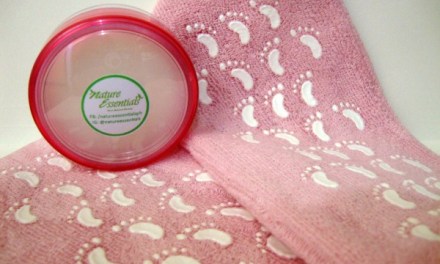Did you know that, apart from brushing your teeth daily, you also need to floss just as regularly? The American Dental Association states that flossing helps to remove any food particles or plaque that is lodged between your teeth, where the toothbrush can’t reach. Any such debris left lodged between your teeth will eventually lead to a mouthful of cavities. That’s why flossing should be an integral part of your dental routine. Not only does it help to fight cavities, but it is also vital in the prevention of gum disease.
While flossing is important to everyone’s dental health, many people are not familiar with the correct technique to use, or even the implications that this has. You need to floss properly to ensure that, while you are eliminating the possibility of any plaque buildup, you are not also compromising the health of your gums and teeth. With the ADA recommending daily flossing, here are 5 tips that will help you floss your teeth correctly:
-
Know and Use the Proper Technique
Remember all the plaque and food particle build-up we talked about? Using the proper flossing technique will safeguard your teeth from any of these elements that are likely to result in tooth decay, gum disease or foul breath. When food particles accumulate in your mouth, you will notice a smell when flossing. This only means that there is a forgotten particle in your teeth that is rotting and resulting in that foul smell right inside your mouth. If you use the proper flossing method, you will be sure that you are getting rid of anything that may be detrimental to your dental health.
-
Use the Right Amount of Floss
Before you start flossing, be sure to have about 18 inches of floss. Using smaller and shorter pieces prevents you from getting around the teeth as you should because you will not be able to hold the floss properly. Once you have your 18 inches ready, you need to hold it between your thumb and fingers, then floss while curving in a C shape. This technique will enable you to maneuver and give your floss the tautness needed to get rid of plaque and any other intruder in your teeth.
-
Be Gentle
People tend to think that the harder you floss, the cleaner your teeth get. In this case, the opposite is true. Applying too much pressure or using the sawing motion too forcefully will most likely damage your gums. You will know that you are using too much force if you notice your gums start to bleed. To avoid this, you need to be as gentle as possible by not forcing the floss on your teeth. Try and slide the floss using one side of your tooth and proceed to floss gently up and down.
-
Floss Once a Day
According to the American Dental Association, the best time to floss your teeth is just before you go to bed at night. You can do this right after you brush your teeth so that you can clear up any particles that are still hiding between your teeth. Keep in mind that excessive flossing can do more harm than good. You can end up irritating or even damaging your gum tissue.
-
Use a New Section of Floss For Each Tooth
It goes without saying that you need to use a clean section of floss from tooth to tooth. The opposite will just result in the spread of bacteria and will be redundant in the elimination of build-up in your teeth. Remember, using the proper technique goes a long way in safeguarding your dental health.
 Copyright protected by Digiprove © 2018
Copyright protected by Digiprove © 2018


